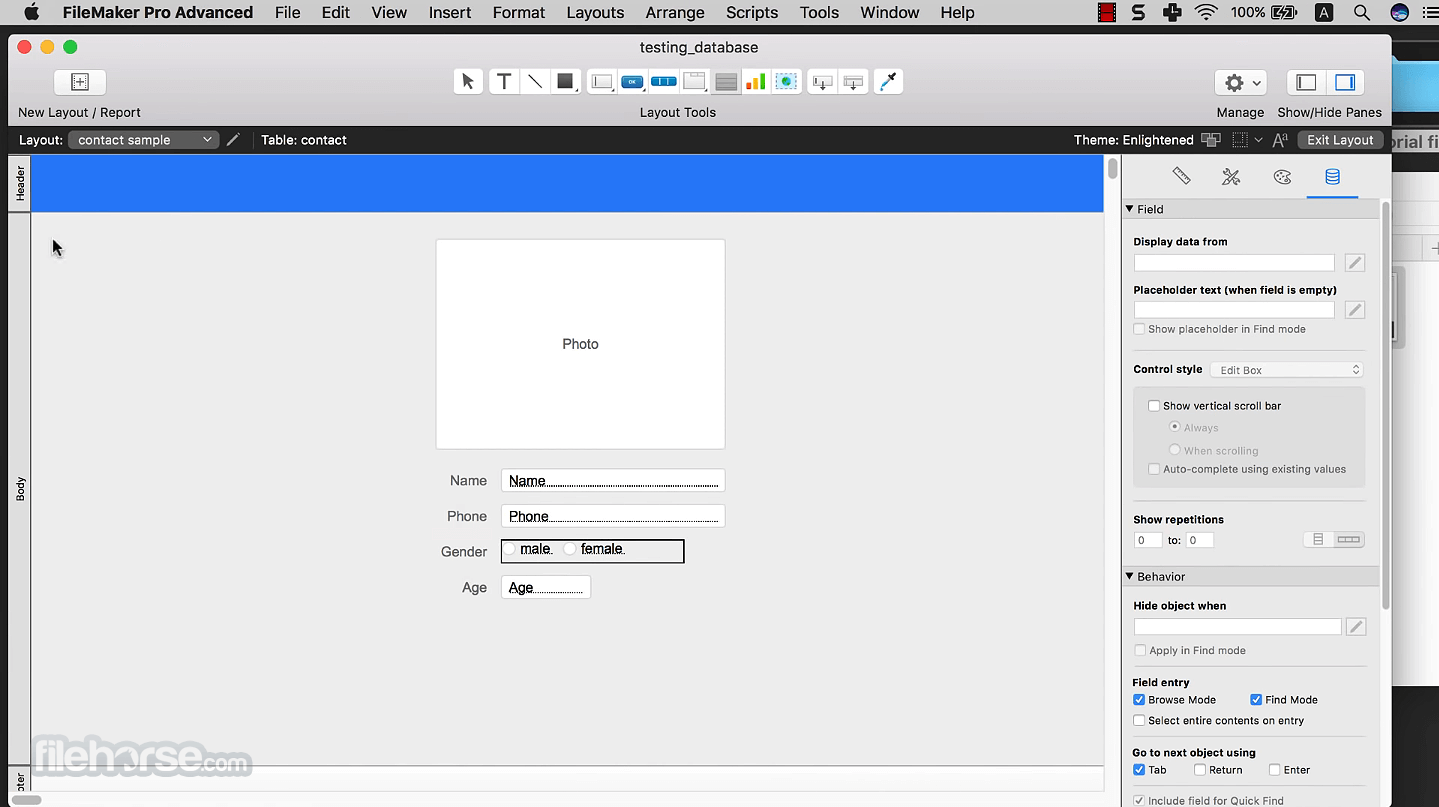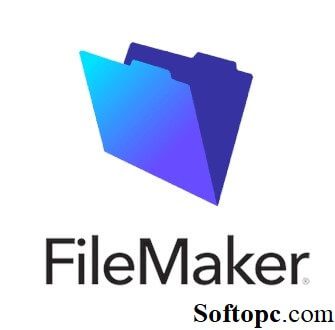

That helped me focus on the tests and the resulting data: It has been so easy to collect the results of these tests in FileMaker, and then feed that data into Tableau for analysis and comparison. Here is a screen shot of this test system that Steve helped architect. My fellow developer Steve Senft-Herrera jumped in to lead the way and architect an elegant solution that has a great deal of flexibility and customizability. I wanted to have the same columns for all the tests, for comparing, reporting on and visualizing the test results. But I quickly realized this was going to be a great deal of work. Getting a list of values with > and Using native FileMaker aggregate functions.Create large JSON object using FMP JSON functions.Creating Data (using Transactional methods).I started asking my team what we should we run to test performance … and we drafted up the following list of tests: Ok, so I had this M1 machine sitting in front of me, and had early access to a pre-release universal version of FileMaker 19.3. Still to this day, with all the punishment I put that new little M1 machine through, I have never heard the fan kick in… EVER! Testing FileMaker on Apple M1 For better performance, you’ll sacrifice battery life.” It even made me question the traditional wisdom, “For better battery life, you’ll sacrifice performance.

The battery life is like nothing I have every experienced with any laptop I have owned. Everything about the machine itself is so responsive. I’ve been astonished to see how much more fluid it is to work with the universal version of FileMaker on Apple silicon M1 MacBook Pro. As “universal” macOS binaries, they run great on Intel-based Macs, but the big news here is the performance on Apple silicon. Enter FileMaker UniversalĬlaris FileMaker Pro 19.3 and Claris FileMaker Server 19.3 are here. Even small things can lead us to improving our work, like better comments in our code, new ways to visualize data, improving the user experience, or maybe even experimenting with emoji 👻 to define new import types or simply spice things up and make the comments more fun to read.Ĭertainly, some the most exciting times are when new features come along to improve performance while still achieving the same results…but with much shorter wait times, for users and for developers 👏. I am a big believer that we can always improve upon what we already have, especially as FileMaker itself continues to evolve. The theme of the conference resonated with me: Rethink. Recreate.īack in 2014, I attended my first “Ted” event, TedxBerkeley. Today, I’m running the just-released Claris FileMaker® 19.3, with native support for Apple’s M1 chip, on a new MacBook Pro.

On my M1 MacBook Pro, it already felt much faster than running FileMaker “natively” on an Intel-based MacBook…I was astonished. When I finally received my Apple M1 MacBook Pro, and started to use it…I was amazed.īack in 2020, FileMaker Pro 19.2 wasn’t optimized yet for Apple silicon processors, but ran fine under Rosetta emulation. Most of them had great things to say about the promise of Apple’s new M1 chip…I was impressed. When the Apple silicon Macs with M1 chips came out, I read and watched many of the reviews.


 0 kommentar(er)
0 kommentar(er)
